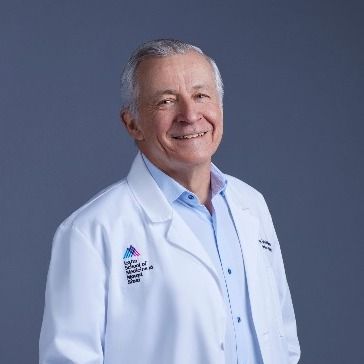Video
CNS Repair in Multiple Sclerosis: Replace, Regenerate, Restore
%jwplayer%
Patricia K. Coyle, MD, explains that all the current disease-modifying therapies for relapsing forms of multiple sclerosis (MS) focus on controlling future disease activity, decreasing relapses, worsening on the neurological exam, and silent MRI lesion activity. She describes central nervous system (CNS) repair as a major unexplored area in MS. The goal is to discover agents that actually replace dead cells or injured cells, regenerate axons, and boost remyelination. She states that these CNS repair strategies are being driven not just by MS but by every major central nervous system neurologic disorder, including spinal cord injury, traumatic brain injury, Alzheimer’s disease, Parkinson’s disease, and ALS.
One such class of agents being studied is the remyelinating antibodies, such as anti-LINGO (leucine-rich repeat and immunoglobulin-like domain—containing, Nogo receptor–interacting protein) and a recombinant human IgM. Some of the measures that can be used [to gauge?] restoration of function include an improvement in Expanded Disability Status Scale (EDSS), a decrease the number of T1 black holes, and a decrease brain atrophy.
Coyle describes how additional non-conventional research neuroimaging techniques, such as magnetization transfer imaging and diffusion tensor imaging, may help to better detect improved myelination or recovery of axons,and are inpreliminary studies. They are also currently being used in clinical trials focused on progressive MS, she adds.
Coyle explains that different outcomes are needed with progressive MS. One possible measure is an ophthalmologic evaluation called optical coherence tomography (OCT) which actually looks at the retinal nerve fiber layer where there’s no myelin, just pure axons. OCT can be used to assess if there is less axon loss or actual improvement.





